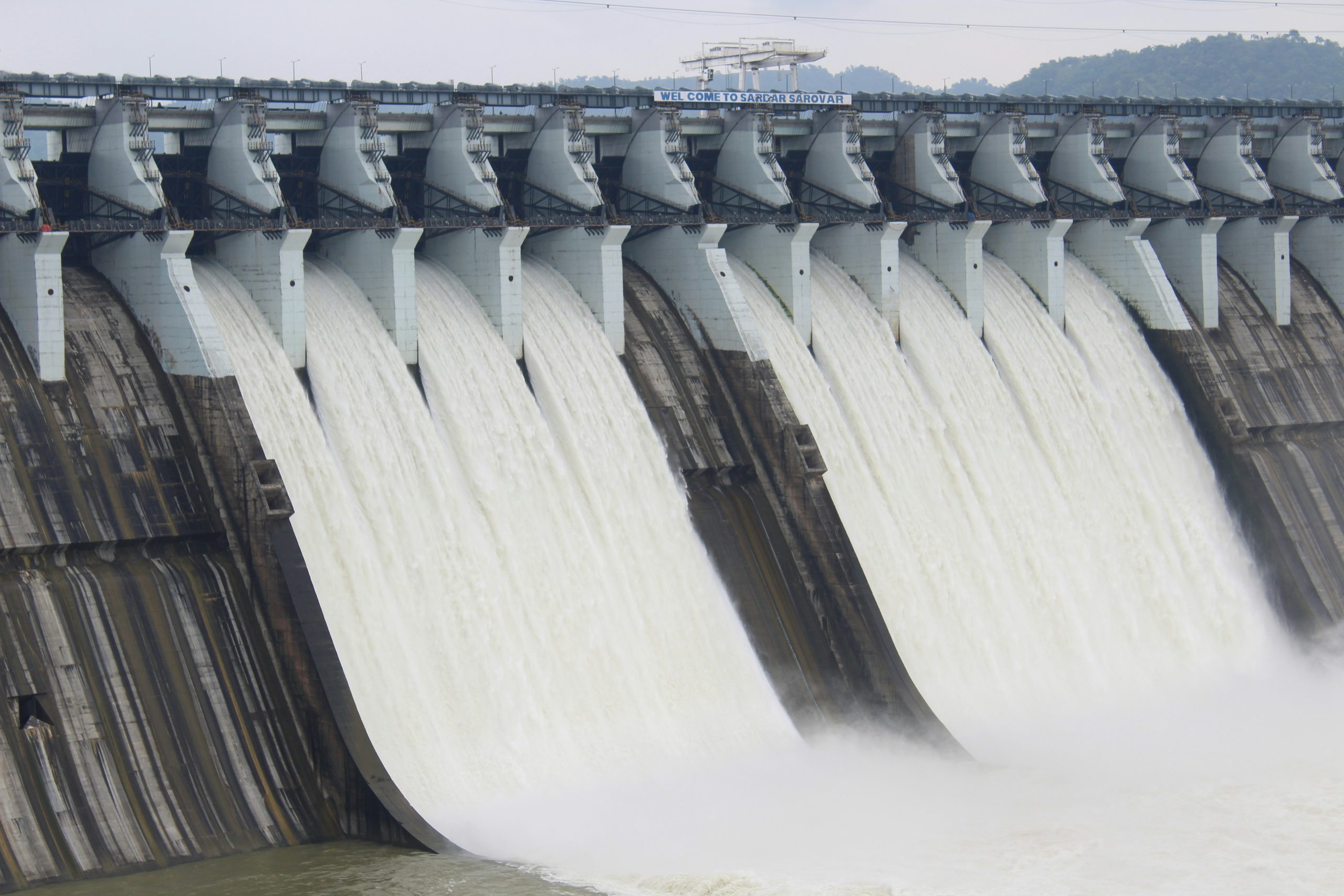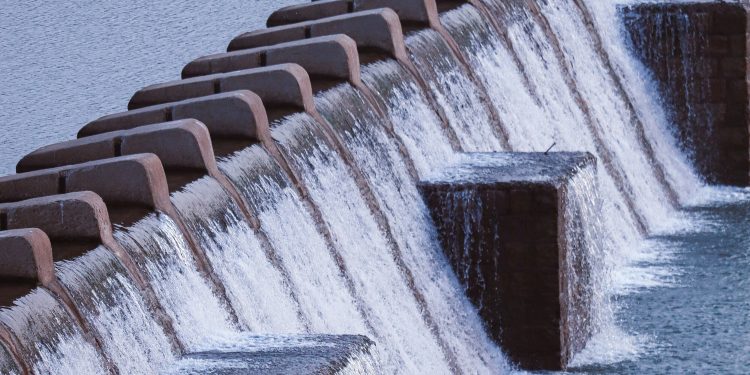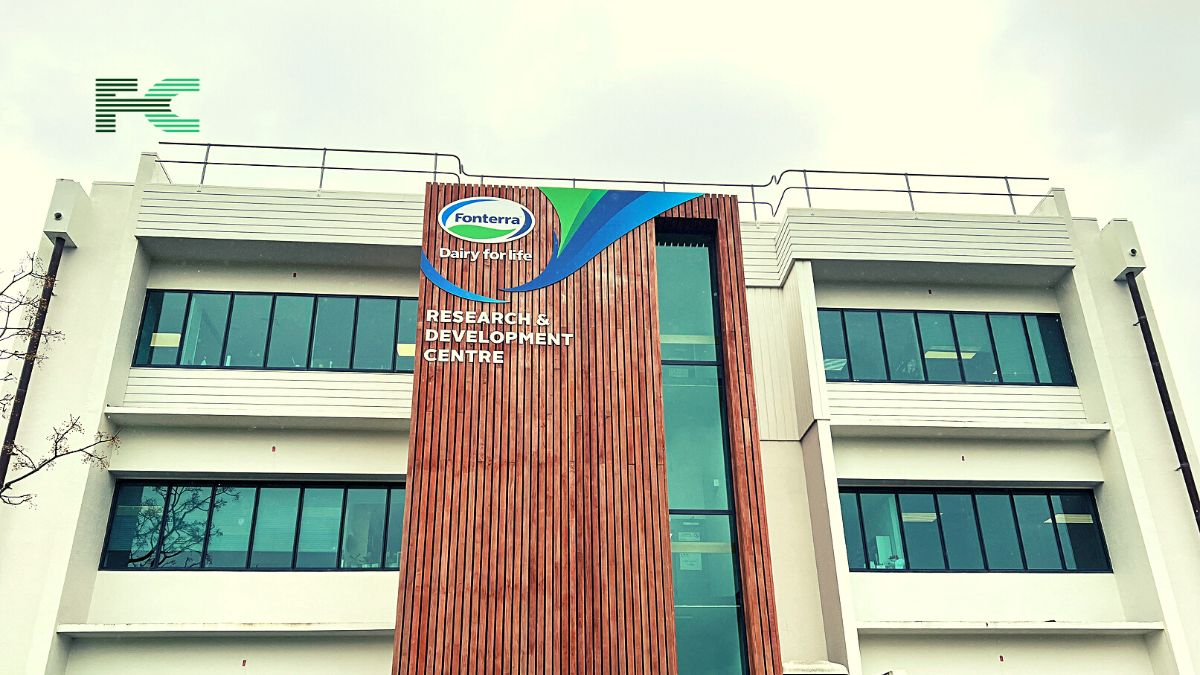Chinese authorities have officially commenced construction on what is projected to be the world’s largest hydropower dam in Tibetan territory, a monumental project that has immediately sparked concerns from India and Bangladesh.
Chinese Premier Li Qiang presided over a groundbreaking ceremony on the Yarlung Tsangpo river on Saturday, marking the start of this colossal undertaking. The river, which originates in the Tibetan plateau, is a critical trans-border water source, making the project’s potential impact on millions of Indians and Bangladeshis living downriver a major point of contention.
Beyond downstream populations, the immense Motuo Hydropower Station, as it’s also known, has drawn sharp criticism regarding its effects on the surrounding environment and local Tibetan communities. Beijing maintains that the scheme, estimated to cost 1.2 trillion yuan ($167 billion; £125 billion), will prioritize ecological protection and significantly boost local prosperity.

Geopolitical Tensions Mount Over Yarlung Tsangpo Water Control
Upon completion, the Motuo Hydropower Station is set to surpass the Three Gorges Dam as the world’s largest hydropower project, with the capacity to generate three times more energy. However, this ambitious Tibetan dam project has intensified geopolitical tensions in the region.
Experts and officials have explicitly flagged concerns that the new dam would empower China to effectively control or divert the vital trans-border Yarlung Tsangpo river, which flows south into India’s Arunachal Pradesh and Assam states, as well as Bangladesh, where it feeds into the Siang, Brahmaputra, and Jamuna rivers. A pivotal 2020 report by the Lowy Institute, an Australian-based think tank, starkly warned that “control over these rivers [in the Tibetan Plateau] effectively gives China a chokehold on India’s economy.”
The Arunachal Pradesh Chief Minister, Pema Khandu, voiced profound concern in a recent interview with news agency PTI, predicting that the Siang and Brahmaputra rivers could “dry up considerably” once the dam is operational. He went further, describing the dam as an “existential threat to our tribes and our livelihoods,” and ominously termed it a potential “water bomb.” Khandu warned of devastating effects on the “entire Siang belt,” particularly the Adi tribe and similar groups, if China were to suddenly release water.
In response to these significant anxieties, a spokesperson for India’s Ministry of External Affairs stated in January that they had consistently expressed concerns to China about the impact of mega-dams and urged Beijing to “ensure the interests of downstream states” were not harmed. They also stressed the critical “need for transparency and consultation with downstream countries.”
In anticipation of potential sudden water releases from China’s project, India plans to build its own hydropower dam on the Siang river to act as a crucial buffer and prevent flooding in their areas.
Past protests against hydropower dams in the region have reportedly been met with brutal force; last year, hundreds of Tibetans protesting another such project were rounded up, resulting in arrests, beatings, and serious injuries, as confirmed by BBC sources and verified footage. Significant environmental concerns also persist, including the potential flooding of Tibetan valleys renowned for their biodiversity and the inherent dangers of building mega-dams in a seismically active region rife with earthquake fault lines.

















